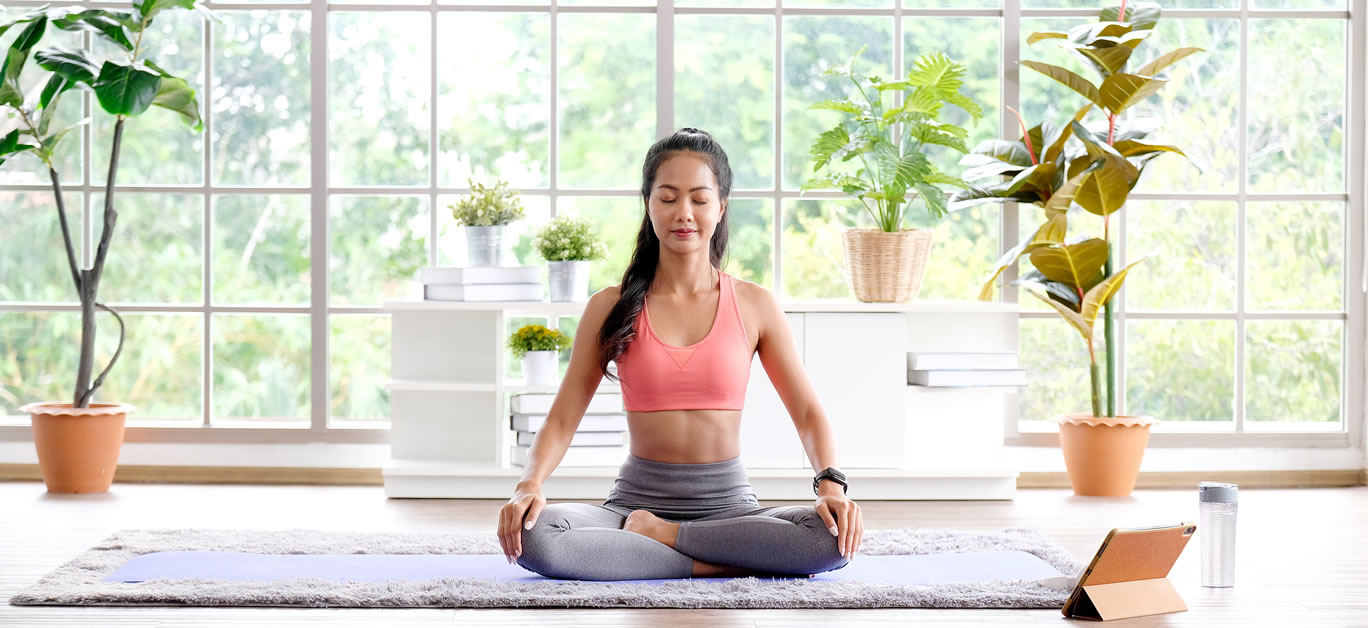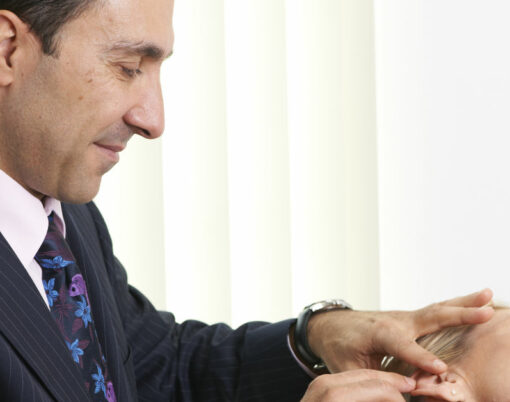In today’s modern life, where we spend more time than ever hunched over computers and smartphone screens, bad posture is becoming an increasingly common problem.
Good posture – in other words, proper alignment of the body when sitting or standing – is important because it keeps bones and joints in the correct position and minimises stress on the ligaments of the spine, allowing muscles to work more effectively and reducing abnormal wear and tear of your joints’ surfaces.
But when you sit at a desk all day or lounge on the sofa whilst scrolling social media, issues can quickly begin to arise, as slouching and slumping can result in muscle tension, joint pain and even poor circulation. It might surprise you to know that so far reaching are the effects of poor posture that, later down the line, you could even find yourself suffering from fatigue and breathing issues – so if ever there was a time to correct yours, it’s now.
When your parents or teachers told you to stand or sit up straight as a child, it turns out, they were on to something, and it wasn’t just about discipline. If you’re tired of those daily aches and pains, then here’s all you need to know about posture, including how to improve yours and, ultimately, reap the benefits.
Why is good posture important?
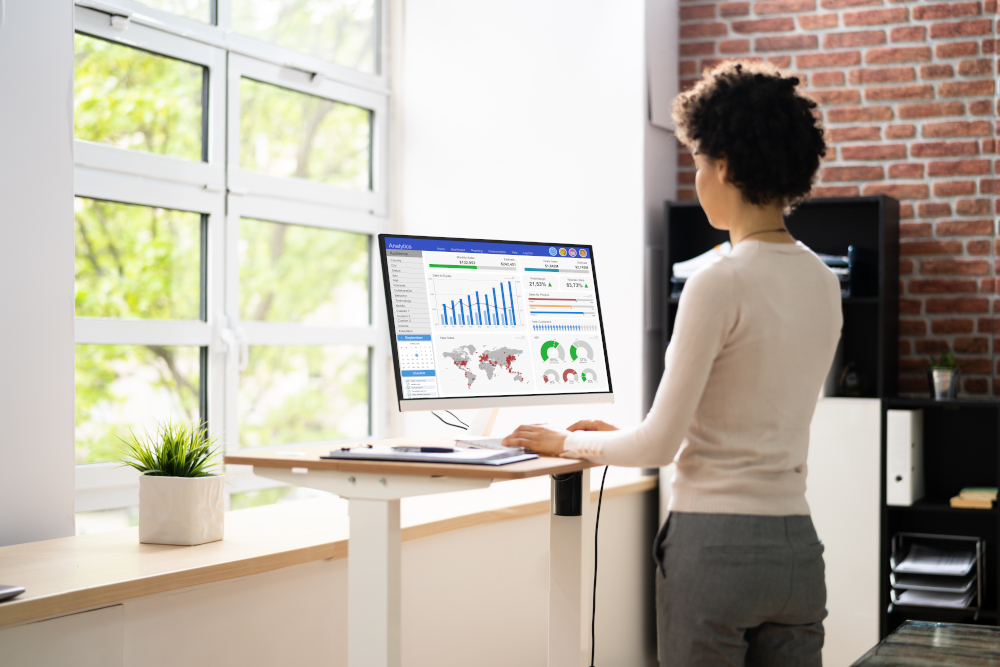
Posture is a set of positions that a person holds when sitting, standing, or lying down and can directly impact upon the health of your muscles. If your current posture is naturally poor then it can also indicate that they need some work to get them back into optimal condition so that they support your joints more effectively.
Bad posture can cause imbalance and lead to musculoskeletal problems, as well as being the root cause for all manner of discomfort. Good posture is not only a functional skill, but important for your overall health – and as an added bonus, learning how to hold yourself correctly will ensure you look and feel more confident during social and professional interactions, too.
Practicing the best possible posture will help you to reduce the likelihood of injuries and increase your strength, as well as improving balance and keeping you feeling healthier and more active in general. So if you’ve neglected it thus far, then there are plenty of reasons to give yours some attention sooner, rather than later.
What causes poor posture?
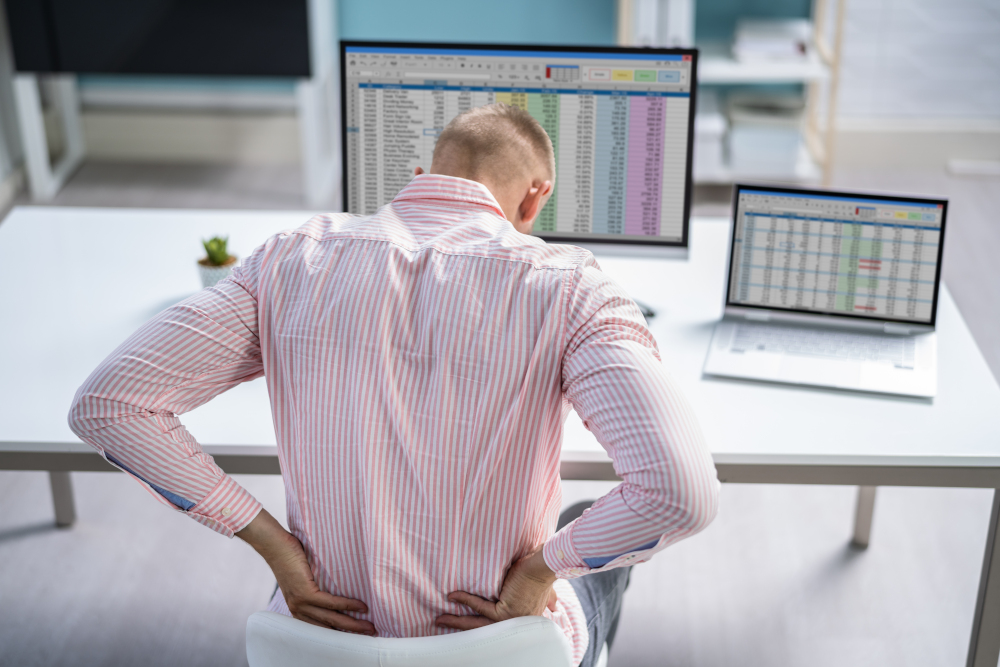
There are a wide variety of causes of poor posture – slouching and slumping being the most common. But excess body weight can also be a factor, as well as your choice of shoes – for example, if you only ever wear towering heels, or at the other end of the spectrum, completely flat shoes with no support, then you’re more likely to find yourself standing incorrectly, thus putting a strain on your muscles and joints.
If you’re suffering from injuries, then this can also impact upon how you hold yourself and cause you to rely more heavily on other muscles in the body, and if you don’t engage in regular strength training then your muscle tone may not be sufficient to support the spine and joints – which in both cases, can lead to strain, aches and pain.
Benefits of good posture
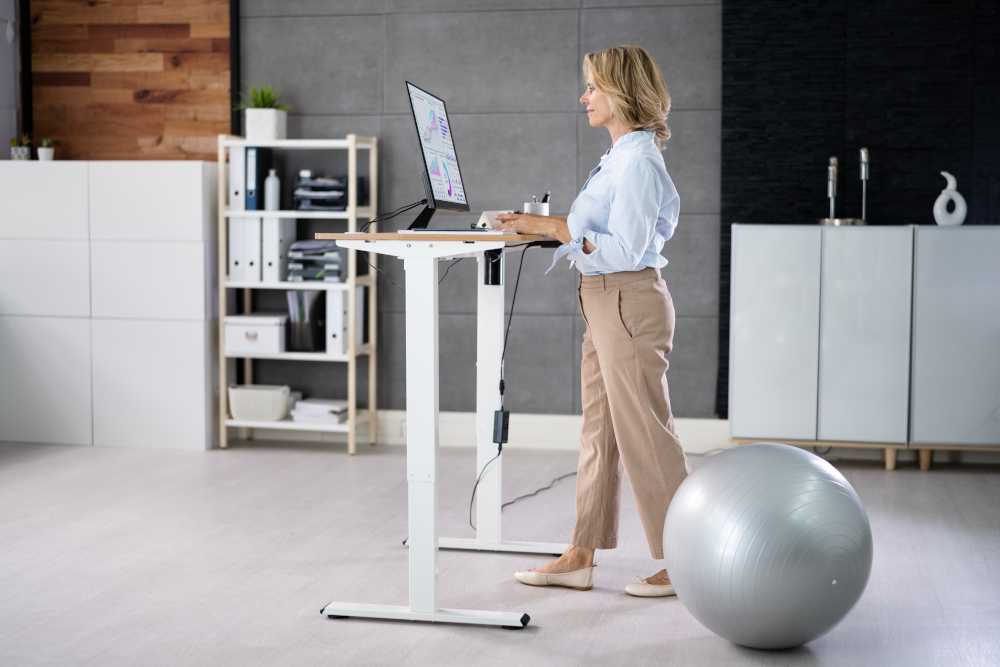
Good posture not only protects you from injury, but it also offers many health benefits. With proper alignment, you can reduce your risk of back pain, improve your circulation, and strengthen your muscles.
Keeping your spine in a neutral position can also minimise your risk of injury and osteoarthritis. In addition, it helps keep your ligaments and joints strong and can improve energy levels, reduce instances of headaches and improve productivity. And maintaining the right posture can even boost digestion, too.
Exercises to improve posture
Bridge
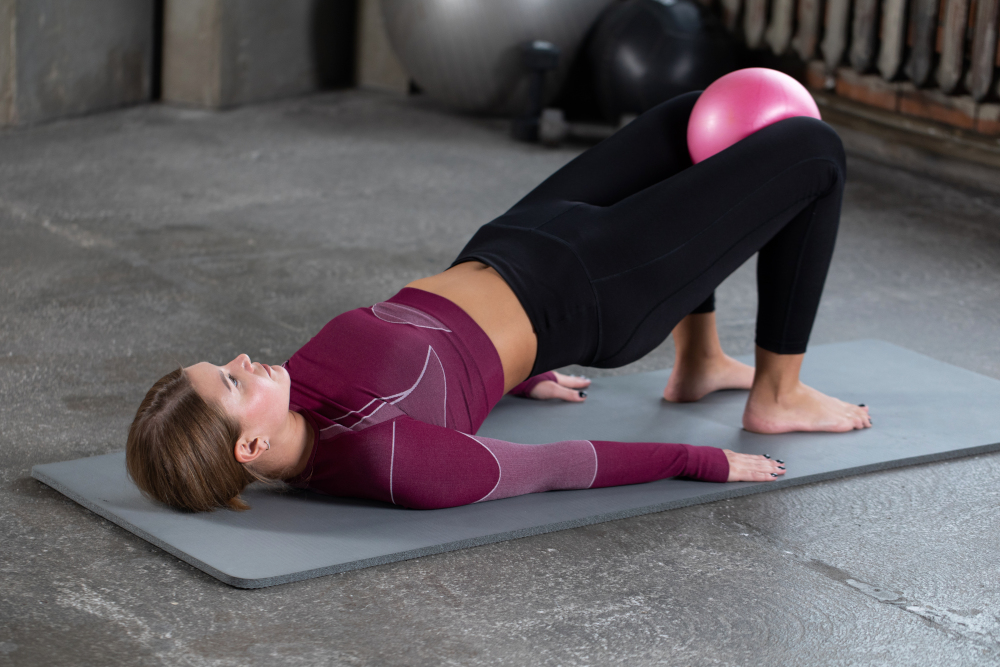
Bridges are a great way to improve your posture. These exercises target several muscle groups, including the lower back and the glutes and improve flexibility and balance when performed regularly.
To do them, lie on the floor with your knees bent and your soles flat on the ground, and slowly lift your hips off the floor. It’s important to remember that you should always listen to your body and start slowly – if you feel your hips or lower back hurting, then it may be time to take a break. You should perform bridges at least twice a week. This will help your core stay strong, which will make everyday movements easier. Try three sets of 12 to begin with, and hold each one for a few seconds at the top.
Plank
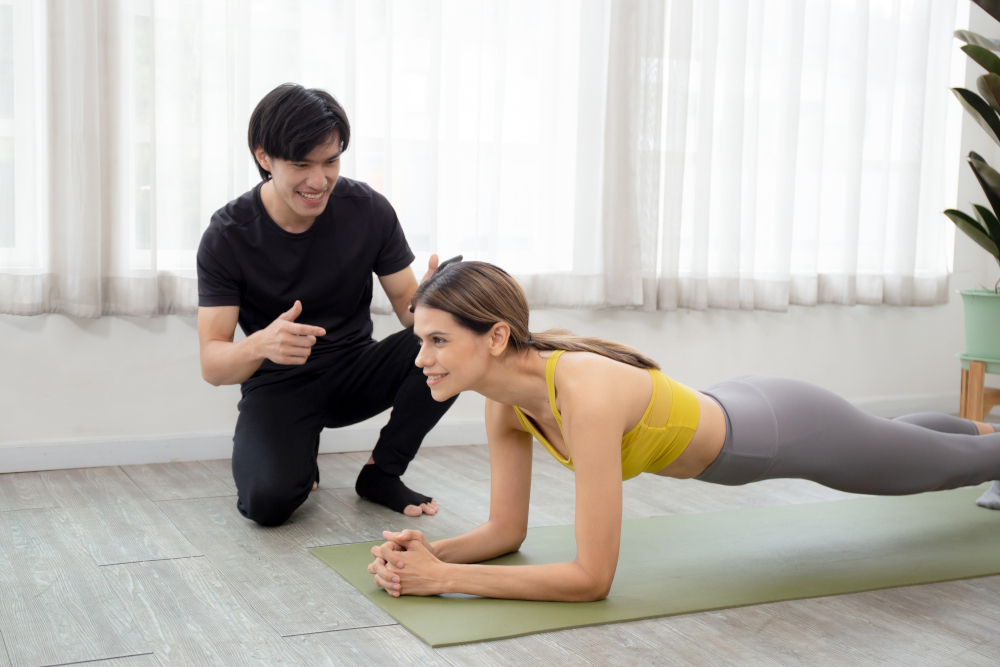
One of the most common exercises for good posture is the plank – a classic pose that strengthens your core and hips and stretches your spine. Begin by lying on your front and resting the palms of your hands on the ground, shoulder-width apart. Then, tuck your toes under and slowly lift your body away from the ground, keeping your back straight and your core tight and straightening your arms to create a straight diagonal line from your head to your toes.
Hip flexor stretch
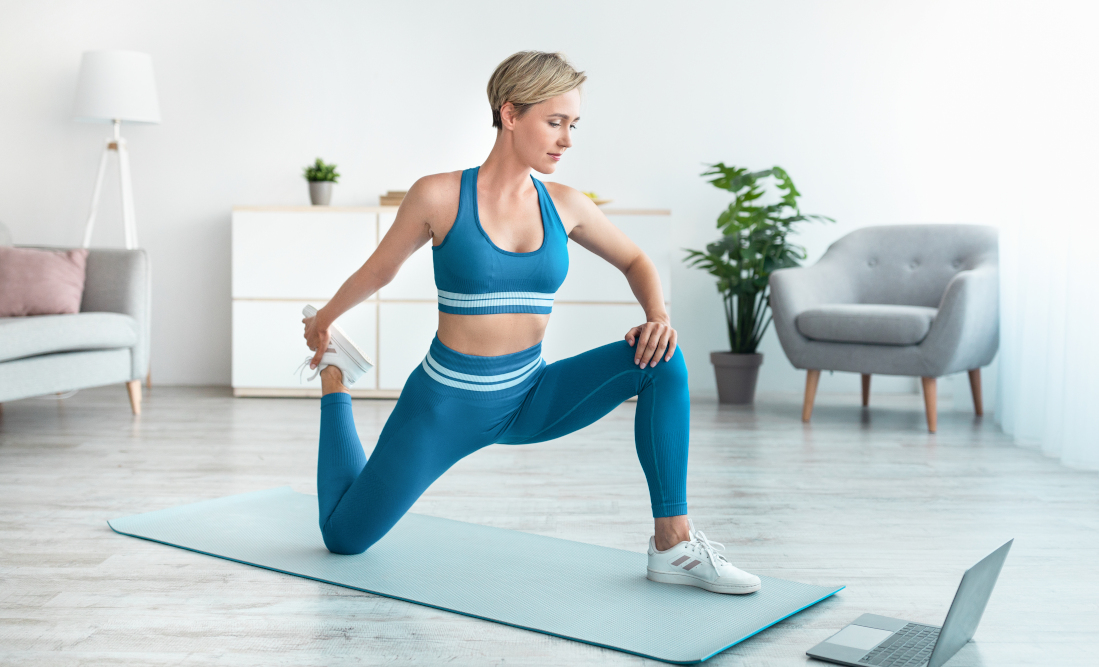
Hip flexors are important muscles that connect the torso to the lower body. Tight hip flexors can cause lower back pain and other issues. The psoas muscle is one of the strongest hip flexors. However, it can also become extremely tight. Other issues can arise from tight psoas, including poor posture and bowel problems. You can strengthen your hip flexors by stretching the muscles.
Check out articles on Health Reporter to get more tips on the best exercises.
Can you correct a bad posture?
Practicing good posture isn’t as difficult as you might think, and it’s all about being more conscious of what you do and how you hold your body during everyday activities such as sitting, standing and working.
Hold your head up straight, pull your shoulders back, and if sitting, ensure your spine is suitably supported to maintain alignment. Pull your abdomen in and avoid slouching forward or downwards, and when standing, imagine an invisible string is pulling your head, neck and spine upwards. Bear your weight primarily on the balls of your feet, and let your hands hang naturally at your sides.












